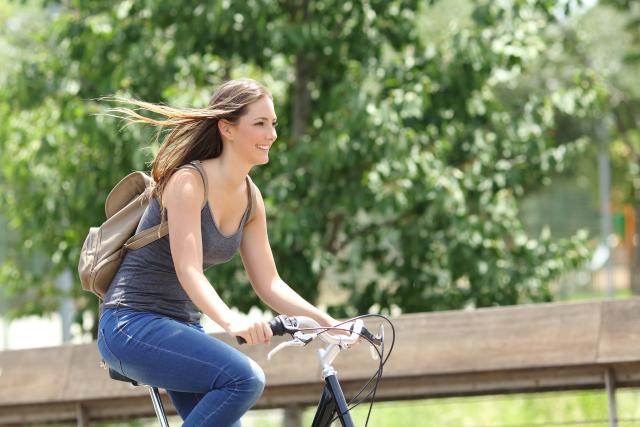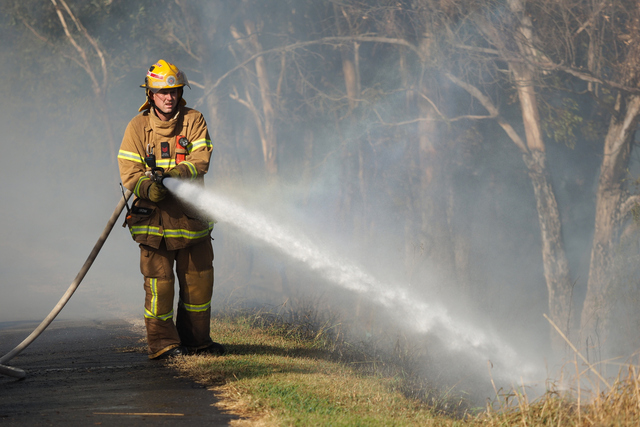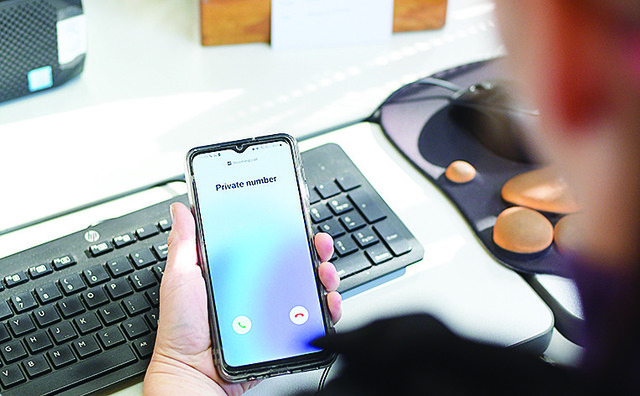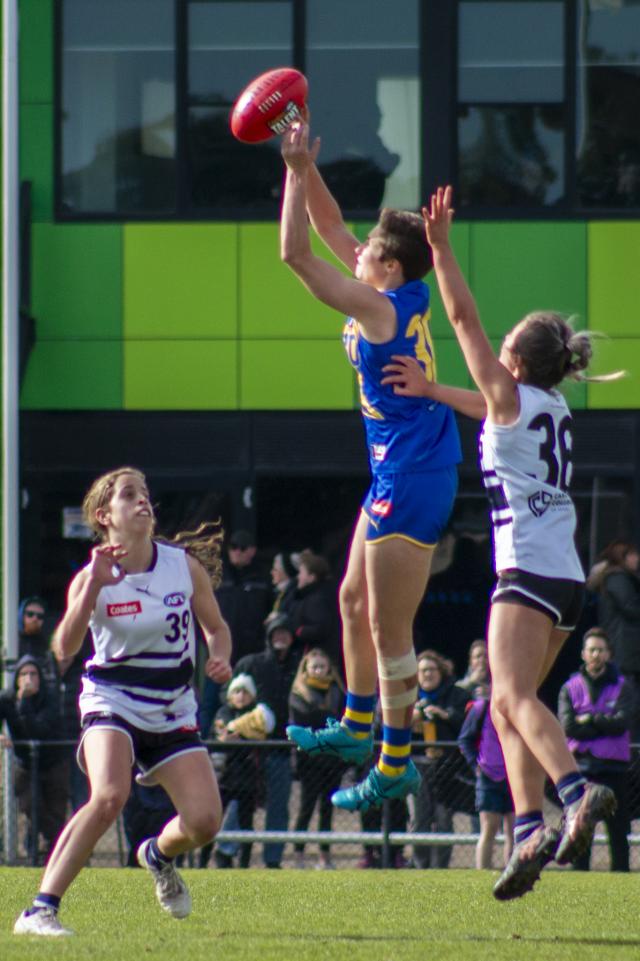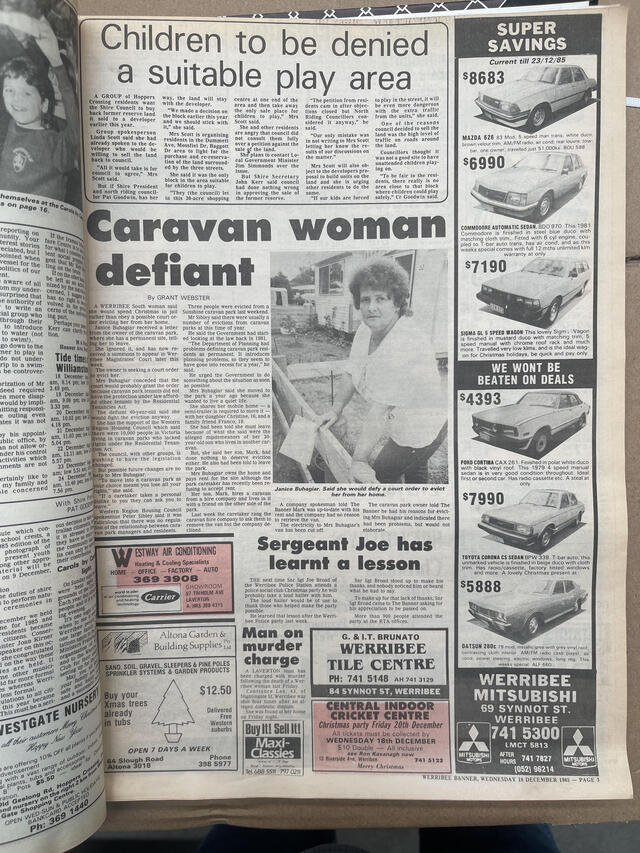Despite the health and environmental benefits of getting on a bike in Wyndham, twice as many men ride bikes as women. A new study by Monash University has uncovered both why this is the case, and how it can be reversed.
The study found that women experience extra barriers and concerns about riding a bike, on top of those also reported by men, including a fear of falling off their bike and into motor vehicle traffic, concerns about their personal safety in unsafe environments, and being made to feel inadequate as a cyclist.
The study, published in Transportation Research Part F: Traffic Psychology and Behaviour led by Dr Lauren Pearson and Associate Professor Ben Beck, Head of Sustainable Mobility & Safety Research at Monash University’s School of Public Health and Preventive Medicine, surveyed over 700 Melburnians, and interviewed a further 40, to deep dive on what factors prevent, and what encourages people to ride a bike.
The study reveals that one of the main barriers to people getting on a bike, is a lack of supportive infrastructure, such as bike paths or protected lanes, that can protect them from motor vehicle traffic.
Dr Pearson said that many cities globally were trying to increase cycling participation rates.
“It’s not just about how many people are riding a bike, but who they are. Understanding of groups with traditionally lower participation in bike riding, including women, is essential for creating equitable access to active transport,” she said.
Associate Professor Beck said there was substantial potential to improve low rates of bike riding participation in Australian women.
“We have this huge opportunity to advance equitable participation in bike riding and enable people to use physically active and healthy modes of transport as part of their everyday activities,” he said.
“But at the moment, our environments and infrastructure aren’t supportive of underrepresented groups in bike riding, such as women. This research really highlights how Australia can catch up to many other cities around the world and ensure that we have as many women riding as men.”
This study highlighted that women needed protected bike lanes and paths to be able make more trips by bike. Women reported concerns about falling from their bike and into incoming traffic, describing needing “space to fall”, a requirement not met by narrow on-road painted lanes which make up the 93 per cent of cycling infrastructure across Melbourne.
“Including and empowering women to drive the conversation about what they need to be able to ride a bike, and increasing the number of women designing and planning bike riding environments is crucial to enabling equitable bike riding and ensuring that as we move to more sustainable and healthy modes of transport, women aren’t left behind,” Dr Pearson said.
The survey revealed:
More than 60% of women and almost 45% of men did not want to ride on roads because of motor vehicle traffic
More women (59%) than men (43%) expressed concern about being injured through collision with a motor vehicle
55% of women and 44% of men expressed concern about aggressive behaviour from motor vehicle drivers

